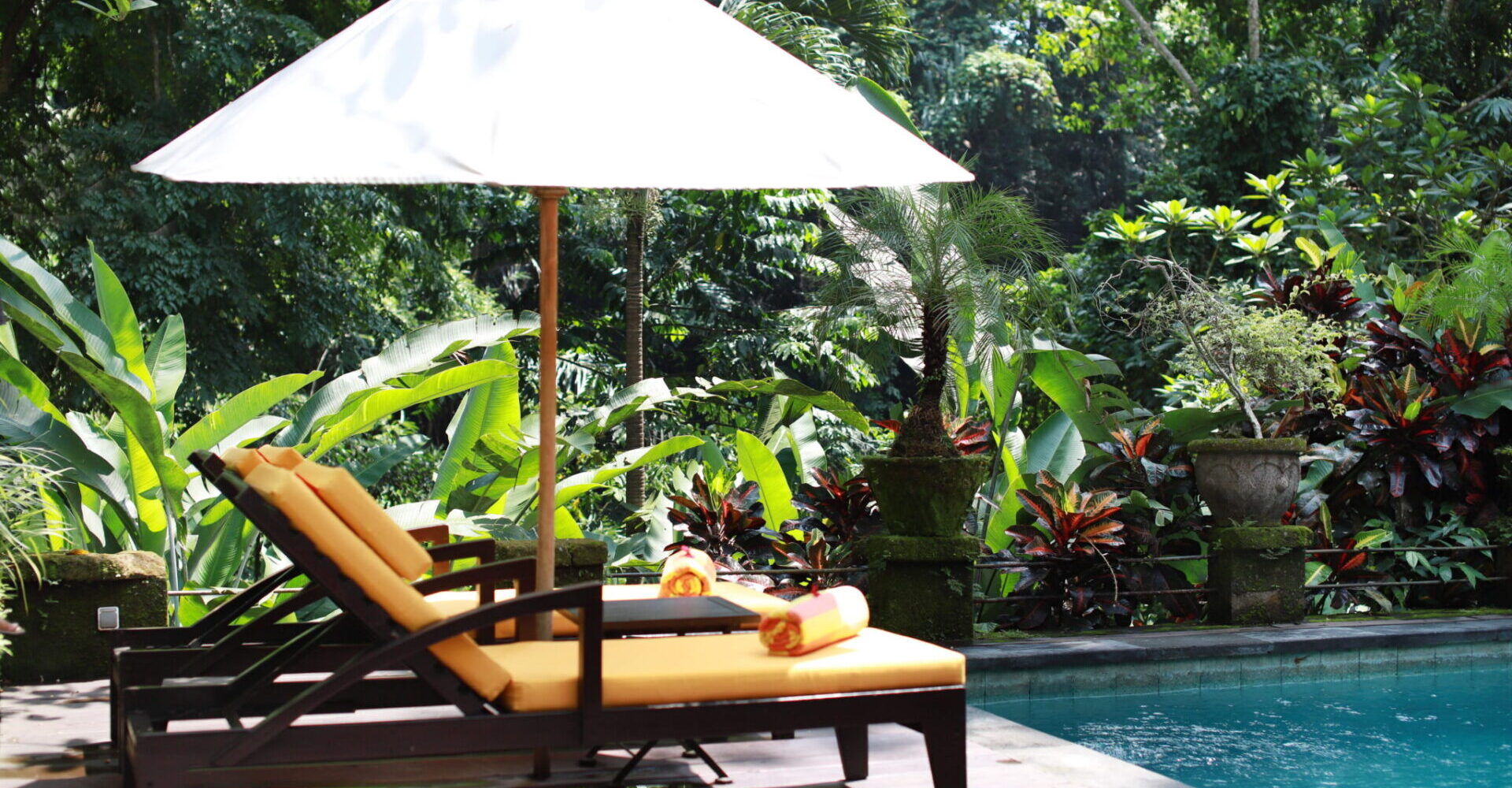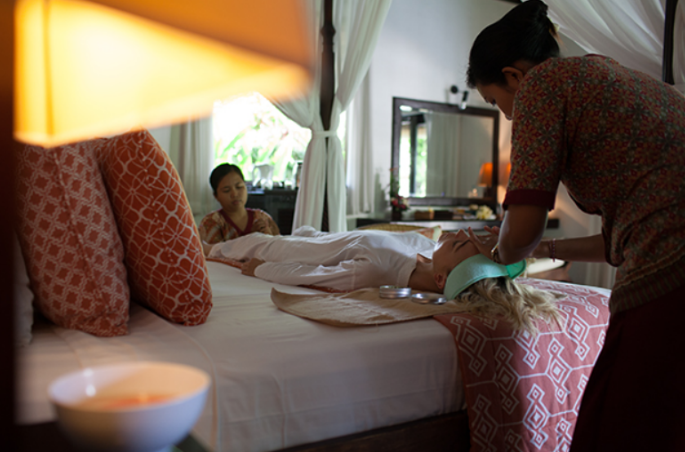Osteoarthritis: Clinical insights and Treatment
Osteoarthritis (OA) is the most common form of arthritis and is the leading cause of disability worldwide.
Ayurvedic and Naturopathic medicine have a lot to offer those suffering from OA holistically. They provide natural and safe pain and symptomatic relief, while also assist in repairing damaged cartilage, promoting bone remodelling and improving joint function.
Osteoarthritis (OA) is the most common form of arthritis and is the leading cause of disability worldwide. OA is a degenerative joint disease, often referred to as ‘Rheumatism’.
Common areas affected by Osteoarthritis
OA predominantly involves weight bearing joints including knees, hips, spine and feet. The joints in the fingers and toes are also commonly affected. OA occurs as the cartilage that cushions the space between the joint, called menisci, which act as cartilage shock absorber pads bones wears away.
Left bare of their padding, bones rub painfully against each other. OA starts as the lack or loss of this surface cartilage and then progresses into involvement with the surrounding bone, tissues, and synovial fluid.
In osteoarthritis, cartilage may have areas of partial thickness loss (thinning) or complete loss of surface cartilage resulting in areas of exposed bone. There are a number of causes for OA.
Biochemically the disease can be initiated by excessive sheer pressure being applied to the joint. OA was previously classified as a non-inflammatory condition, caused largely by excessive wear and tear, but increasing evidence has shown that inflammation is present and this is a major cause of the degeneration of the cartilage. Inflammation occurs due to infection, toxic irritation, poor nutritional status, hereditary factors or other conditions such as diabetes, obesity, hypertension and allergies.
Usual Osteoarthritis symptoms
The usual symptoms are deep aching pains localised to the joint(s) involved, stiffness after rest, joint swelling, and tenderness. Pain is usually present with movement of the joint and relieved by rest. Loss of flexibility and reduced range of motion is also experienced. There is currently no cure for OA in modern medicine. Treatment focuses mainly on relieving pain and reducing symptoms, however, these treatments have no effect on the natural course of the disease.
Osteoarthritis Statistics
- 1 in 3 Australians suffer from OA (Osteoarthritis 2014. Australian Institute of Health and Welfare 2-15).
- 2 in 3 people with OA are female (Osteoarthritis 2014. Australian Institute of Health and Welfare 2-15).
- OA is the leading cause of pain and disability among the elderly (March, Bagga, Aust. Med. J Aust, 2004).
- Excessive weight gain is the most important modifiable risk factor (Arthritis Australia, 2015)
- Up to 70% of OA is preventable (Arthritis Australia, 2015) Risk Factors
- Obesity. Carrying extra body weight contributes to OA by putting added stress on weight bearing joints. Fat tissue also produces inflammation in the body.
- Joint Injury. Physical trauma/ injury causes cartilage damage. Repetitive physical activities that place stress on a particular join can also damage joints over time. This is where sportsman and manual labourers are at risk.
- Older age. Increase incidence with age
- Gender. Females are more at risk
- Genetics
- Bone Deformities
- Other diseases. Diabetes or rheumatic conditions such as gout and rheumatoid arthritis can increase your risk.
Common Osteoarthritis Treatments
The most common medications prescribed are, at best, moderately effective. Treatments are usually nonsteroidal anti-inflammatory drugs (NSAIDs) and acetaminophen to control pain, steroid injections to bring down inflammation, and viscosupplements to replace the joint’s natural lubricant. Some of these treatments cause quite significant side effects such as liver damage. Ultimate treatment involves a joint replacement to severely damaged joints.
For people coping with osteoarthritis, the effects are not only physical but is emotional. Pain and decreasing mobility can limit the ability to work, participate in daily activities with friends and family, and diminishes enjoyment in life.
Ayurvedic and Naturopathic medicine have a lot to offer those suffering from OA holistically. They provide natural and safe pain and symptomatic relief, while also assist in repairing damaged cartilage, promoting bone remodelling and improving joint function.
Ayurvedic & Naturopathic Osteoarthritis Treatment
When treating OA from a holistic perspective, the key areas to address are pain management, relief of symptoms, emotional support, and repair of damaged cartilage.
According to Ayurveda, arthritis is caused by an imbalance in the Vata dosha and the accumulation of Ama or toxins, combined with poor Agni (digestive function). All treatments therefore must address these 3 root causes for the condition.
The most effective treatment for addressing the root cause of OA, and symptoms, is a full Panchakarma program. Panchakarma combines all the essential elements and key principles of treatment such as oil massage, stretching, meditation, diet, and Vata-pacifying herbs in one systemised program.
The main protocol is to clear the ama from the joint, bring it back into the colon to be eliminated with various herbs, remedies, and cleansing treatments. Let’s look at the 3 key modalities used for treatment of OA; herbal treatment, meditation, and dietary factors.
1. Herbal Medicine
Ayurveda & Natural Medicine offer many herbal treatments.
These plants have a long historical use, as well as modern documented efficacy.
At a meeting of the American College of Rheumatology, a study was presented that showed an herbal Ayurvedic therapy to be as effective in treating knee osteoarthritis as a commonly prescribed medication (Celebrex) and glucosamine – and with fewer side effects. The ACR stated that Ayurveda offers “safe and effective treatment alternatives” for OA.
(Chopra Centre) Herbs such as Boswellia, Turmeric, Ginger, Guggulu, Triphala, Ashwanganda, White willow, Jamaican Dogwood have been shown to decrease inflammation and assist in healing.
Turmeric is a common spice used in South Asian cooking that also has tremendous medicinal value. Its active ingredient, curcumin, is a potent anti-oxidant and anti-inflammatory molecule. It works by protecting and healing the cartilage, as well as stopping further damage. Turmeric is also a strong pain killer and research shows it’s as effective as ibuprofen in the treatment of OA.
It’s also good to note that the number of events of abdominal pain, discomfort and side effects was significantly lower in the curcumin group. (Kuptniratsaikul et al, Clin Interv Aging, 2014) Boswellia Boswellia serrata, also called Indian frankincense, helps alleviate joint pain and inflammation. Boswellia is a tree commonly found in India where the therapeutic value of its gum (Guggulu) has been known for centuries.
Research shows that Boswellia extract reduces knee pain, increased knee flexion and increased walking distance, compare to a placebo. Swelling was also decreased. (Kimmatkar, et al, Phytomediicne, 2003). Another study shows that Bowsellia is effective clinically just 7 days after the start of treatment for OA. In addition to pain and physical function improving, the deterioration of cartilage was significantly reduced. (Sengupta et al, Arthritis Red Ther, 2008).
2. Meditation
An important part in treating OA is emotional support.
Health is achieved through balance of not only the physical body, but mind and spirit as well. Meditation is the best way to achieve this balance.
Meditation helps relieve emotional stress and is an excellent tool for managing pain. Pain is not only a physical experience but an emotional one.
Learning to manage those emotions is important for people with inflammatory disorders. Dr. Rosenzweig and his colleagues at Drexel have published a number of research studies on the benefits of Mediation for people with arthritis and related chronic pain conditions.
In a study published in 2010 in the Journal of Psychosomatic Research, he and his colleagues studied and surveyed more than 100 patients using meditation and saw measurable improvement in quality of life and psychological distress, as well as in reducing the intensity of pain and functional limitations. Meditation also creates physiological changes in the body that assists in healing such as the reduction of inflammation in the body. (Davidson, Psychoneuroendocrinology, 2013).
3. Diet
No, one food can relieve OA, but eating or avoiding certain foods can help. Especially to combat the inflammation throughout the body. Its best to seek advice from a qualified practitioner who can tailor make a diet specific to you and your unique needs. Some beneficial advice is:
- Avoid deadly nightshade foods, e.g. potato, tomato, eggplant, chilli and capsicum. These foods are known to aggravated arthritic conditions.
- Avoid raw foods and ice cold food and drink.
- Eat foods high in essential fatty acids such as ghee, deep sea fish, nuts and seeds, flaxseed, hempseed, chia seeds, avocado.
- Ensure strong digestive function. This can be done by eating warm cooked foods, adding warming spices to your diet such as ginger, cinnamon, cardamom, or by taking apple cider vinegar with meals. It’s also important to check for food sensitivities.
- Reduce the intake of red meats and avoid all tea, coffee, alcohol, carbonated drinks and processed or refined foods.
- Vitamins such as C & D reduce the risk of cartilage loss and disease progression.
Program for Osteoarthritis at Sukhavati Wellness Retreat Bali
Ayurveda and Natural medicine has many beneficial therapies to offer in the treatment of OA. These therapies address the underlying imbalance or root cause of the disease, without the risks associated with standard treatments.
If you are experience the pain and suffering caused by OA, know that there is a way to bring back enjoyment of life simply and naturally. Book into our Osteoarthritis Treatment program at Sukhavati.

Holistic Health Practitioner
For any questions regarding this information please contact rejuvenation@sukhavatibali.com



